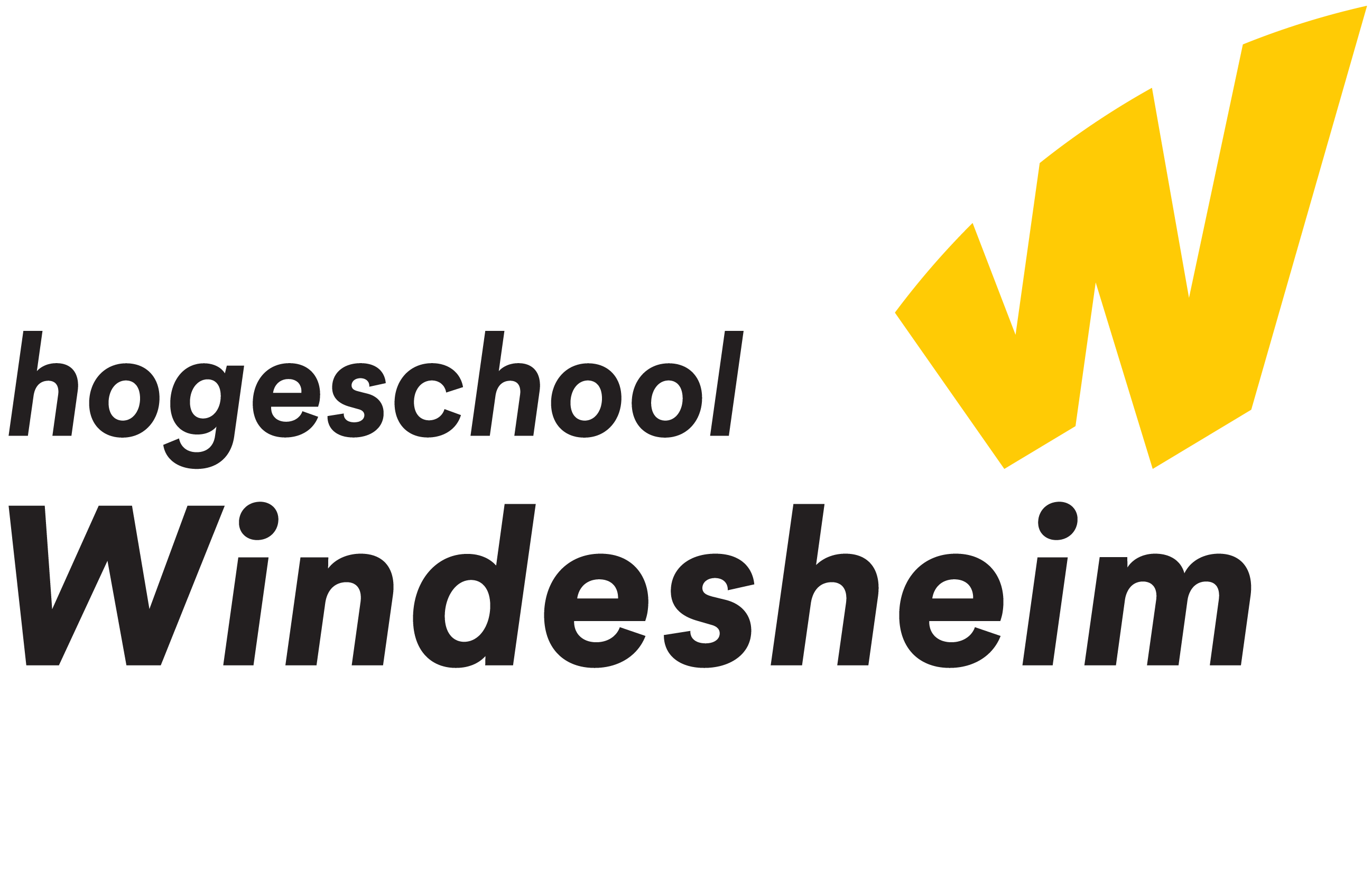Effectiveness and cost-effectiveness of an optimized process of providing assistive technology for impaired upper extremity function
protocol of a prospective, quasi-experimental non-randomized study (OMARM)Effectiveness and cost-effectiveness of an optimized process of providing assistive technology for impaired upper extremity function
protocol of a prospective, quasi-experimental non-randomized study (OMARM)Samenvatting
Background:
Impaired upper extremity function due to muscle paresis or paralysis has a major impact on independent living and quality of life (QoL). Assistive technology (AT) for upper extremity function (i.e. dynamic arm supports and robotic arms) can increase a client’s independence. Previous studies revealed that clients often use AT not to their full potential, due to suboptimal provision of these devices in usual care.
Objective:
To optimize the process of providing AT for impaired upper extremity function and to evaluate its (cost-)effectiveness compared with care as usual.
Methods:
Development of a protocol to guide the AT provision process in an optimized way according to generic Dutch guidelines; a quasi-experimental study with non-randomized, consecutive inclusion of a control group (n = 48) receiving care as usual and of an intervention group (optimized provision process) (n = 48); and a cost-effectiveness and cost-utility analysis from societal perspective will be performed. The primary outcome is clients’ satisfaction with the AT and related services, measured with the Quebec User Evaluation of Satisfaction with AT (Dutch version; D-QUEST). Secondary outcomes comprise complaints of the upper extremity, restrictions in activities, QoL, medical consumption and societal cost. Measurements are taken at baseline and at 3, 6 and 9 months follow-up.
| Organisatie | |
| Afdeling | |
| Lectoraat | |
| Gepubliceerd in | Technology and Disability Vol. 2021, Uitgave: 33, Pagina's: 207-220 |
| Datum | 2021-08-17 |
| Type | |
| DOI | 10.3233/TAD-210335 |
| Taal | Engels |





























